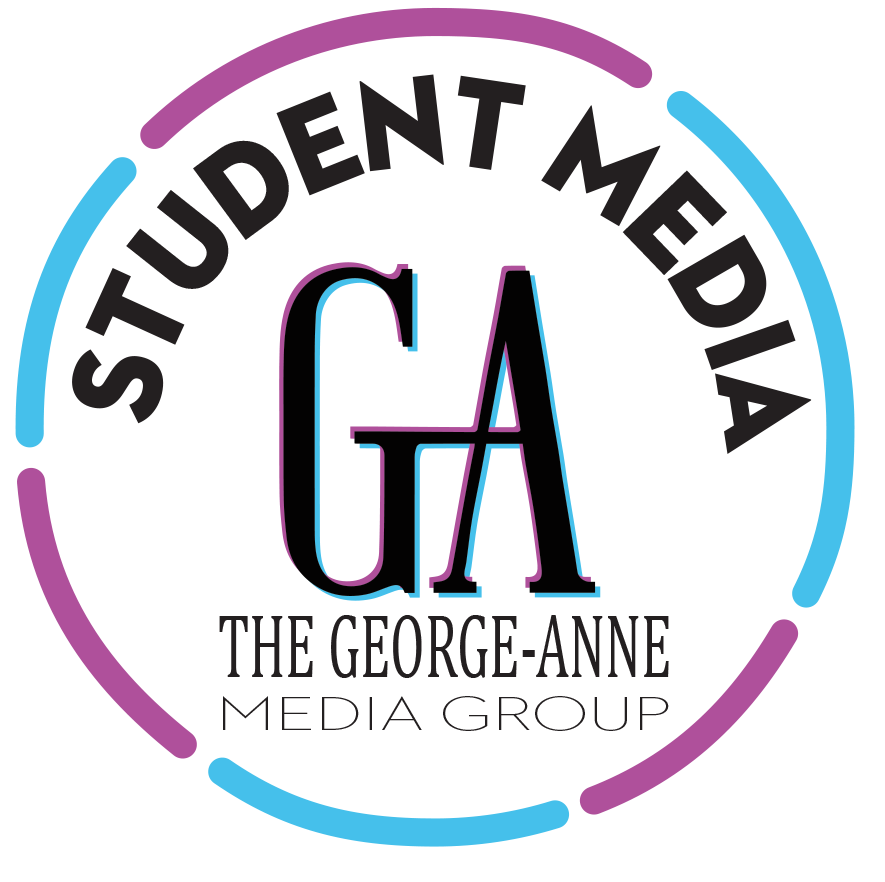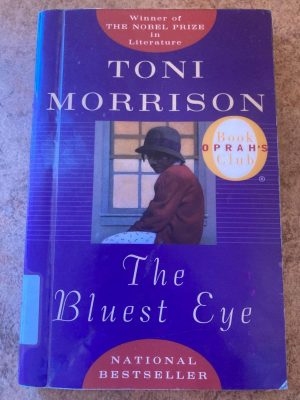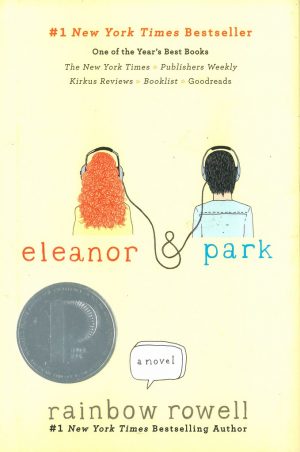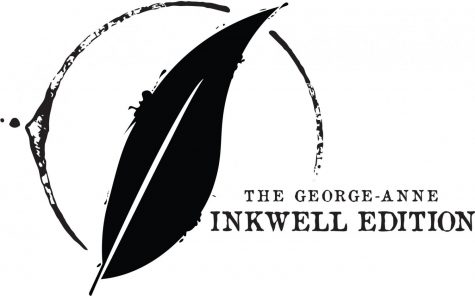Celebrating the Freedom to Read
A Look at the History of Banned Books Week
September 28, 2020
American Bookseller Association (ABA) first got the idea for the Banned Books Week after they successfully showcased banned books at their BookExpo America trade show in Anaheim, California in 1982. Upon entering the convention center, viewers saw enormous padlocked metal cages with about 500 challenged books stacked inside and a sign that warned that some people considered these books dangerous.
After a successful exhibit, ABA invited Judith Krug, the Director of the Office of Intellectual Freedom (OIF), and the National Association of College Stores to put together an installation by September in hopes of continuing the conversation around banned books.
The initiative thrived. Institutions and stores hosted read-outs and transformed their windows into literary graveyards or mysterious collections of books in brown bags. The New York Times, PBS and other major news outlets covered the event. Mayors and governors affirmed the week.
As the director of OIF, Krug led the Banned Books Week initiative until she died unexpectedly in 2009. However, the Freedom to Read Fountain set up the Judith F. Krug Memorial Fund, a grant awarded to nonprofits who host Banned Books Week events.
Today, National Banned Books week focuses on “current and historical attempts to censor books in libraries and schools.” It focuses on efforts across the country to eliminate or limit access to books, which highlights the harmfulness of censorship.
The top three reasons most books are censored are because they are “sexually explicit,” they contain “offensive language,” or they are “unsuited to the age group.” Those three reasons made up more than 3,800 of the challenges to books in the early 2000s. Other reasons books have been challenged have included “violence,” “homosexuality,” “religious viewpoint” and being “anti-family.”
Many of the challenges to books were in school libraries, classrooms, and public libraries. The challenges made up more than 4,600 of the challenges between the years 2000 and 2009. College classrooms and academic libraries had a much lower number with only 144 challenges total in the same time period. Some of the top 100 banned and challenged books from 2010 to 2019 may be recognizable. They include: “Captain Underpants” (series) by Dav Pilkey, “Thirteen Reasons Why” by Jay Asher, “Fifty Shades of Grey” by E.L. James, “Hunger Games” by Suzanne Collins, “I Am Jazz” by Jazz Jennings, “The Perks of Being a Wallflower” by Stephen Chbosky, “To Kill a Mockingbird” by Harper Lee, “Of Mice and Men” by John Steinbeck, “The Color Purple” by Alice Walker and “Anne Frank: The Diary of a Young Girl by Anne Frank.”
While books are still being censored today, part of the celebration of Banned Books Week is that even “banned” books remain available in most cases. The availability of books is thanks to librarians, students, teachers, and members of the community who fight for the freedom to read.
An estimated 2.8 million readers and more than 90,000 publishing industries and library subscribers watch mainstream media coverage of Banned Books Week. The initiative is sponsored by 15 contributors including the American Libraries Magazine. It is hosted the last week in September every year. This year, it is from Sept. 27 to Oct. 3.






